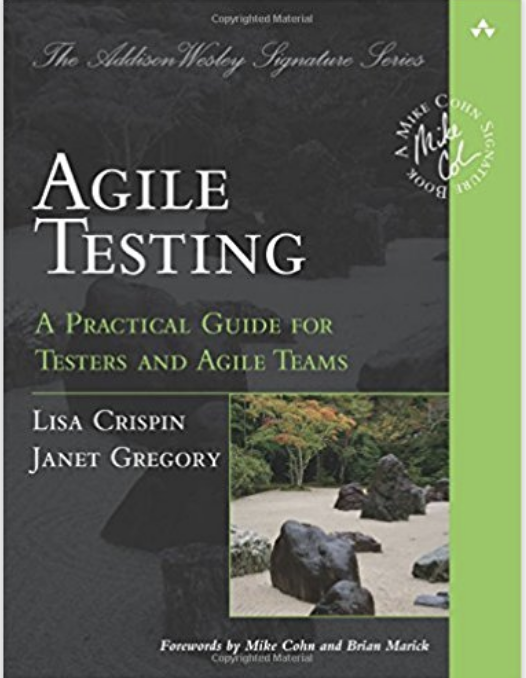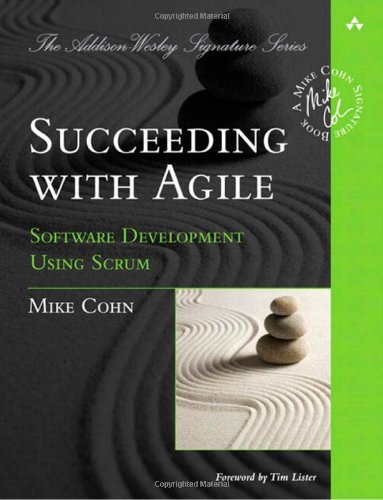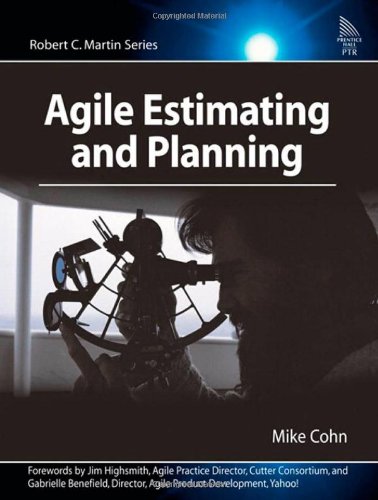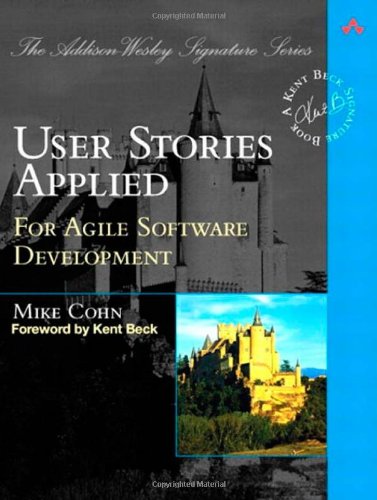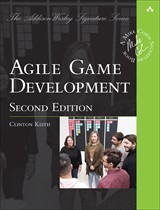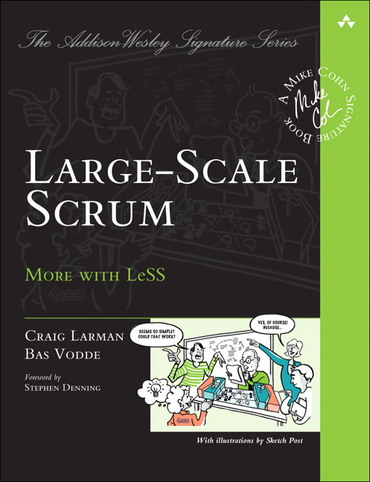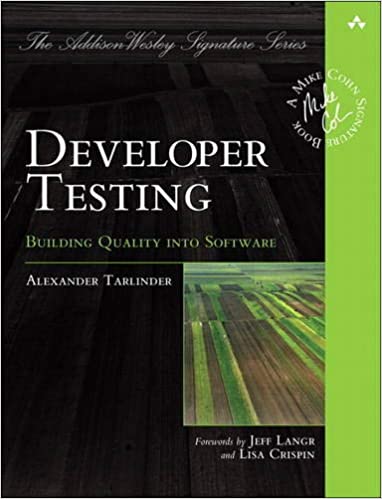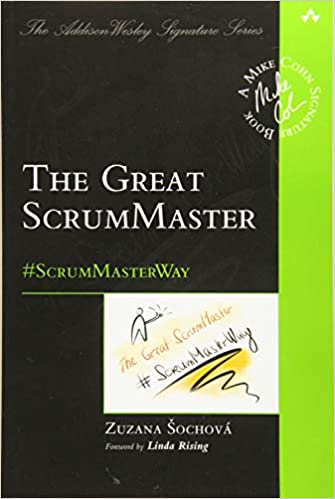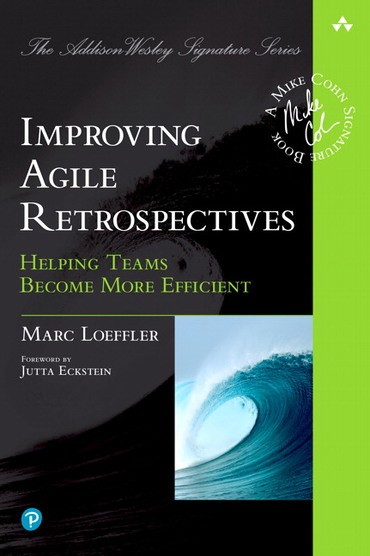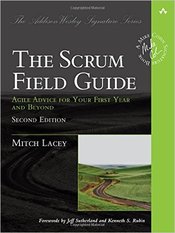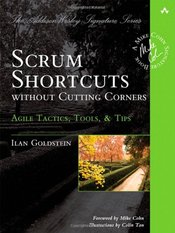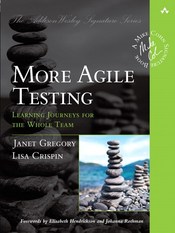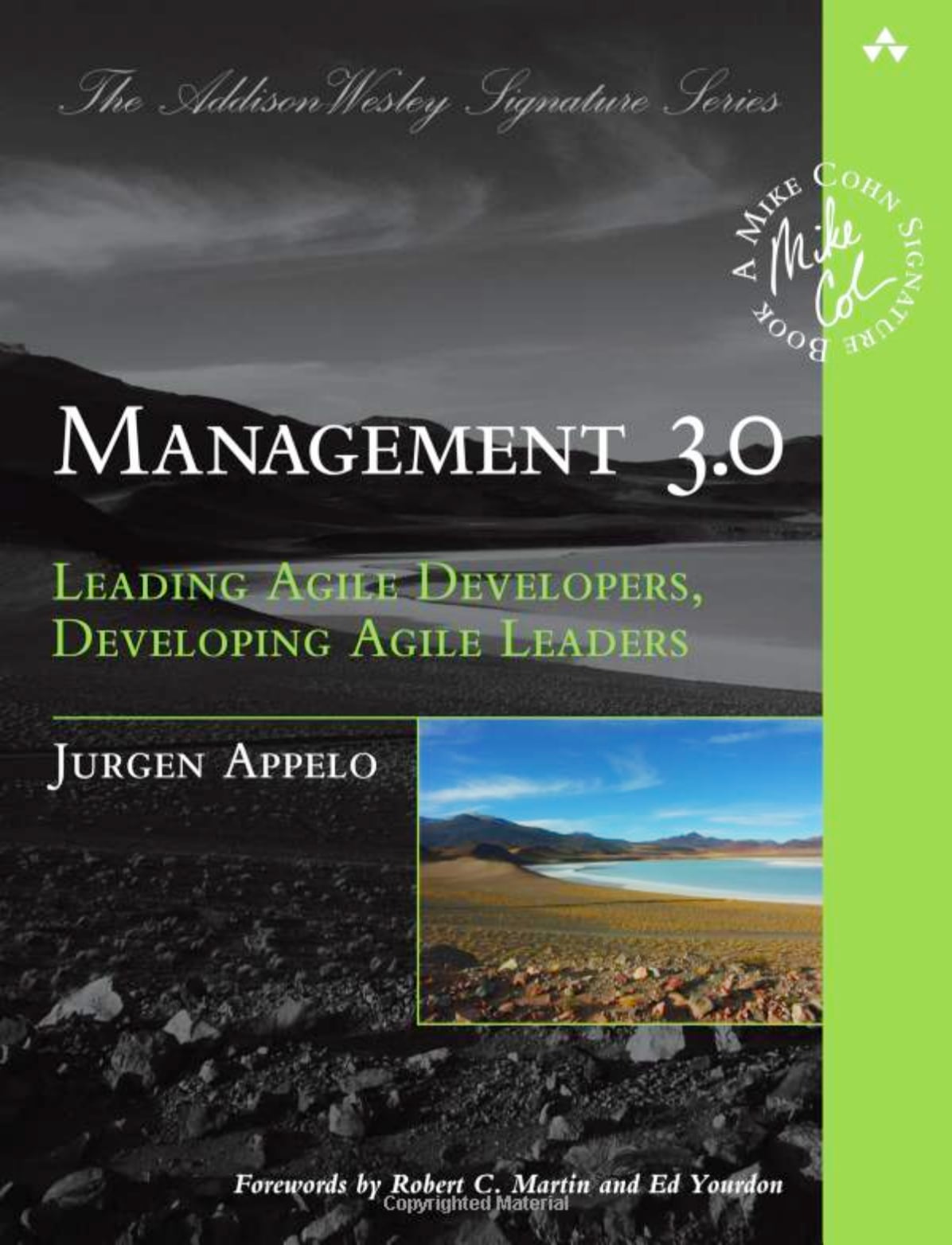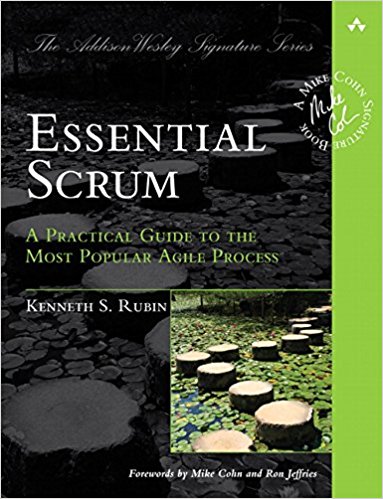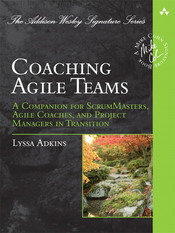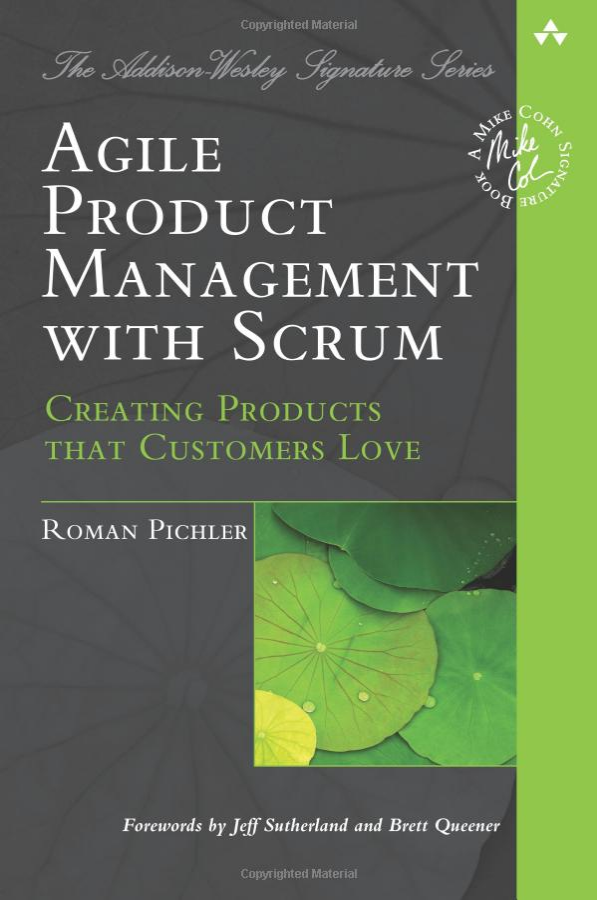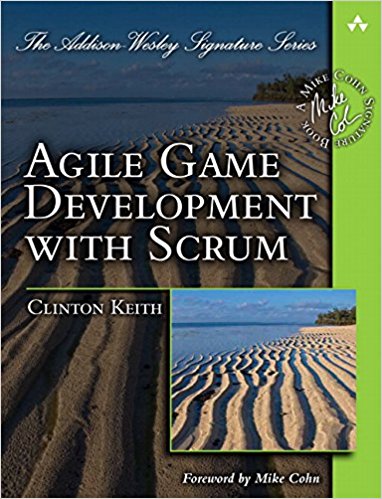This practical book is for testers who find themselves on an agile team, test and quality assurance managers in organizations transitioning to agile development, and agile teams learning how to approach testing.
The book starts with an introduction to agile testing, how it's different from testing on a traditional team, and what makes agile testers different. The book contains dozens of stories from real people on real agile teams about the various testing-related issues they faced and how they resolved them. A section on organizational challenges covers cultural issues that agile testers face, team logistics, metrics, defect tracking and test planning. One central part of the book uses Brian Marick's agile testing matrix to go through all the different types of testing needed on an agile project, who does it, how to approach each type, and what tools might help. The test automation portion of the book looks at barriers to successful test automation, ways to overcome them, and how to develop a sound test automation strategy. Another core section of the book takes the reader through an iteration, and more, in the life of an agile testing, from release planning to successful delivery.
This book teaches by example. It presents many testing challenges faced by real agile teams, including the authors', and explains how those teams solved their problems. You'll learn how apply different types of agile testing to your unique situation in order to guide development, learn about the product and apply that learning to the development and testing process.
This practical book is for testers who find themselves on an agile team, test and quality assurance managers in organizations transitioning to agile development, and agile teams learning how to approach testing. The book starts with an introduction to agile testing, how it's different from testing on a traditional team, and what makes agile testers different. The book contains dozens of stories from real people on real agile teams about the various testing-related issues they faced and how they resolved them. A section on organizational challenges covers cultural issues that agile testers face, team logistics, metrics, defect tracking and test planning. One central part of the book uses Brian Marick's agile testing matrix to go through all the different types of testing needed on an agile project, who does it, how to approach each type, and what tools might help. The test automation portion of the book looks at barriers to successful test automation, ways to overcome them, and how to develop a sound test automation strategy. Another core section of the book takes the reader through an iteration, and more, in the life of an agile testing, from release planning to successful delivery.
This book teaches by example. It presents many testing challenges faced by real agile teams, including the authors', and explains how those teams solved their problems. You'll learn how apply different types of agile testing to your unique situation in order to guide development, learn about the product and apply that learning to the development and testing process.
In the book, we answer questions such as:
- As a tester, what is my role on an agile team?
- How do I transition from a traditional phased/gated development cycle to agile?
- How do we get testers engaged with the rest of the agile development team?
- What tools do I need?
- Who does what testing on an agile team?
- How can testing "keep up" with short iterations?
- How do we know if we're doing a good job of testing? How can we improve?
- What do testers do the first few days of an iteration, before any stories are done?
- None of our testing is automated. Where do we start, and how do we find time to do automation?
- What is agile testing?

Lisa Crispin
Lisa Crispin is an agile testing coach and practitioner. She is the co-author, with Janet Gregory, of Agile Testing: A Practical Guide for Testers and Agile Teams

Janet Gregory
Janet Gregory is a Calgary-based consultant specializing building quality systems and her passion is promoting agile quality processes.

